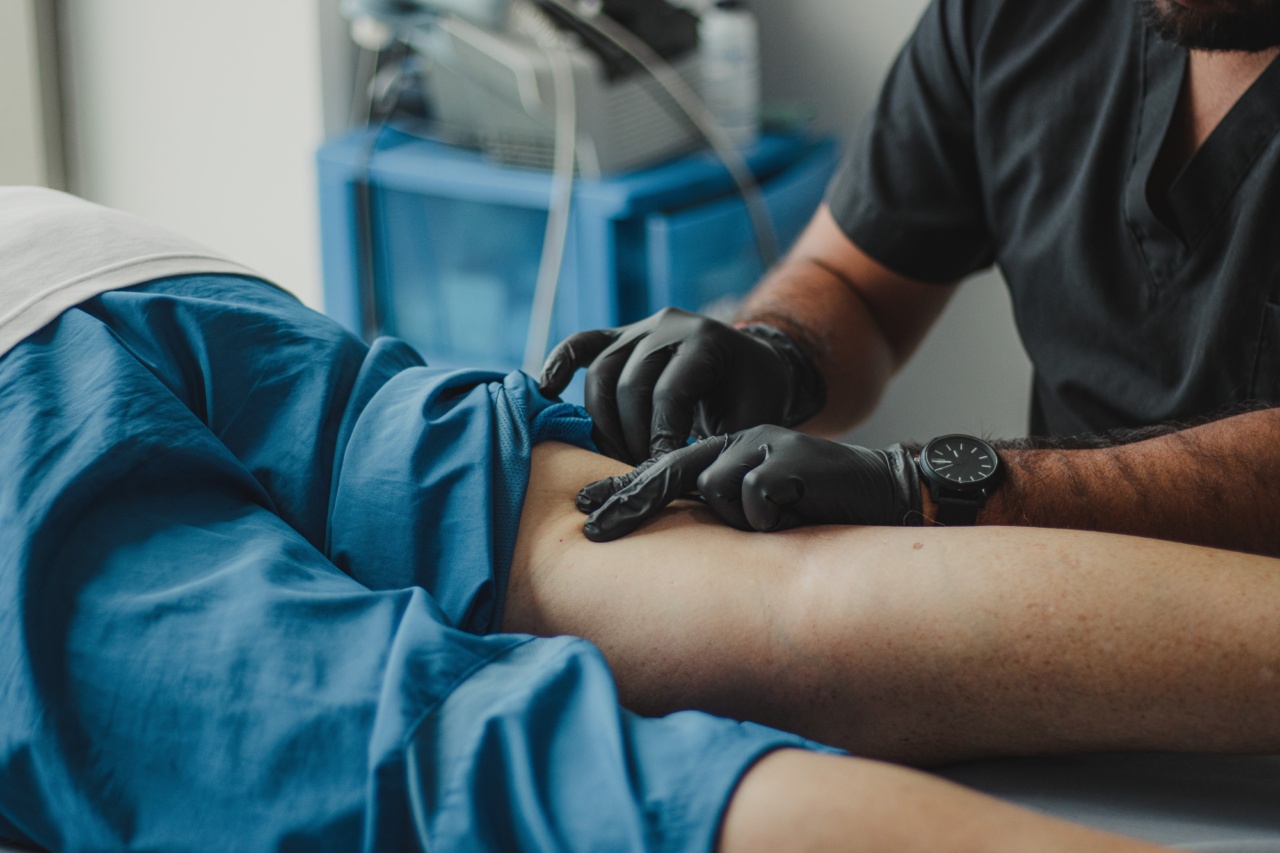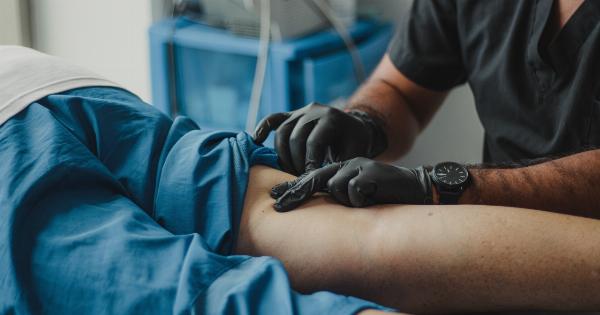An ankle sprain is a common injury that occurs when the ligaments in the ankle are stretched or torn. It can happen to anyone, whether during physical activities, sports, or even everyday tasks.
Treating an ankle sprain properly is essential to promote healing, relieve pain, and prevent further damage. This article outlines the best practices for managing and treating an ankle sprain to ensure a speedy recovery and prevent future complications.
1. Rest and Protect the Injured Ankle
Rest is a crucial component of treating an ankle sprain. It allows the injured ligaments time to heal properly. Avoid putting weight on the affected ankle and try to stay off your feet as much as possible.
If necessary, use crutches or a walking boot to protect the injured ankle and help with mobility.
2. Ice the Area
Applying ice to the affected ankle can help reduce pain, swelling, and inflammation.
Use an ice pack or wrap ice in a thin cloth and apply it to the injured area for about 15-20 minutes every few hours during the initial 48-72 hours following the sprain. Make sure not to apply ice directly to the skin to avoid frostbite.
3. Compress the Ankle
Compression helps minimize swelling and provides stability to the injured ankle. Use an elastic bandage to wrap the ankle firmly but not too tightly. Start from the toes and work upward, overlapping the previous wrap by half each time.
Ensure the wrap is snug but does not cut off circulation. Re-wrap the ankle every few hours or as needed.
4. Elevate the Injured Leg
Keeping the ankle elevated above heart level helps reduce swelling by promoting fluid drainage. Prop your leg up on a pillow or cushion whenever possible, especially when resting or sleeping.
Elevating the injured leg also helps minimize pain and discomfort.
5. Take Over-the-Counter Pain Relievers
Non-steroidal anti-inflammatory drugs (NSAIDs) such as ibuprofen can help relieve pain and reduce inflammation associated with an ankle sprain.
Follow the recommended dosage instructions on the packaging or consult a healthcare professional for appropriate medication and dosage.
6. Gentle Exercises and Range of Motion (ROM) Activities
After a few days of rest and pain management, it is important to gradually introduce gentle exercises and ROM activities to prevent joint stiffness and increase mobility.
These exercises should only be performed once the inflammation and swelling have subsided, and under the guidance of a healthcare professional.
7. Strengthening and Balance Exercises
Once the initial healing phase is complete, it is important to begin specific exercises to strengthen the ankle and improve balance. This helps reduce the risk of recurrent ankle sprains.
Exercises can include calf raises, ankle circles, and single-leg balances. It is advisable to work with a physical therapist or qualified trainer to ensure proper technique and progression.
8. Supportive Footwear and Bracing
Wearing appropriate footwear is essential for ankle sprain prevention and recovery. Choose shoes that provide stability, cushioning, and proper arch support.
In some cases, individuals may benefit from wearing ankle braces or supports during physical activities to provide additional stability and prevent recurring ankle sprains.
9. Gradual Return to Activities
Returning to activities and sports too quickly after an ankle sprain can increase the risk of reinjury. Gradually reintroduce activities in a controlled manner once you have regained full range of motion, strength, and stability.
Start with low-impact exercises and gradually progress to higher impact and more challenging activities.
10. Seek Medical Advice
If symptoms persist, worsen, or if you are unsure about the severity of the sprain, it is important to seek medical advice.
A healthcare professional can evaluate the injury, provide appropriate treatments, and offer guidance specific to your individual needs.
Conclusion
Ankle sprains can be painful and inconvenient, but with proper care and treatment, the healing process can be accelerated, and the risk of reinjury minimized.
Following the best practices outlined in this article, such as resting, icing, compressing, and elevating the injured ankle, will aid in a speedy recovery and restore functionality. It is crucial to consult with a healthcare professional for an accurate diagnosis and personalized treatment plan.
With patience and diligence, most ankle sprains can be effectively managed, allowing individuals to return to their normal activities pain-free.































